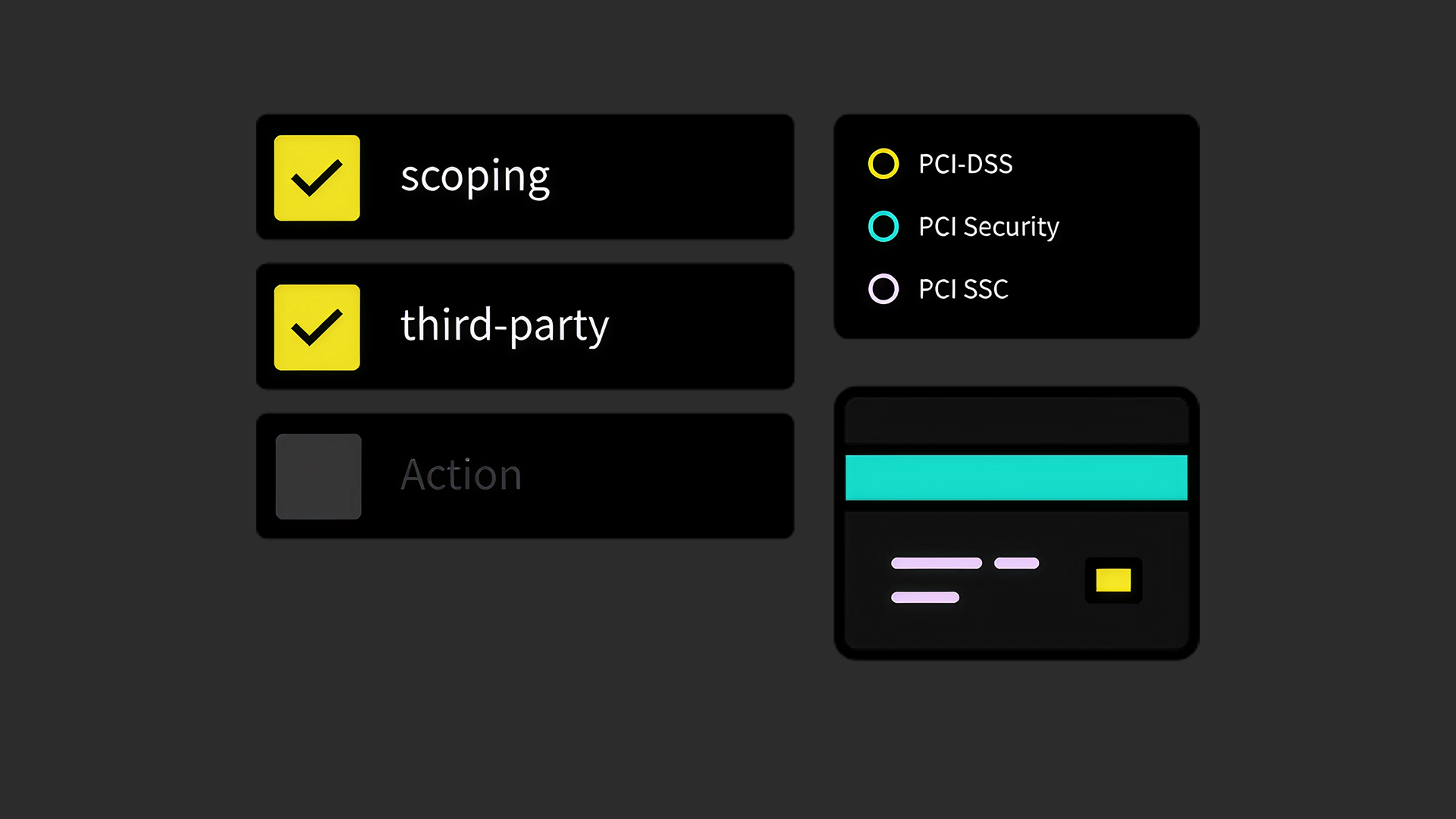This is some text inside of a div block.
PCI DSS Hub
Everything you need to nail PCI DSS—from first requirements to full compliance, all in one place.

What's New?
Getting Started
Everything you need to start your PCI DSS journey.
Preparing for Your Audit
Smash your next PCI DSS audit with our prep library.
Looks like this content’s not quite audit-ready.
We’re adding new stuff all the time, so check back for more in this section, or browse other categories.
Automating and Staying Compliant
Maintain and stay PCI DSS compliant, with our guides, tools, and workflows.
PCI DSS Essentials
Key links for PCI DSS certification, requirements, and compliance steps.
Your Compliance Newsletter
Stay ahead with the latest expert insights, news, and updates on compliance.




.png)


